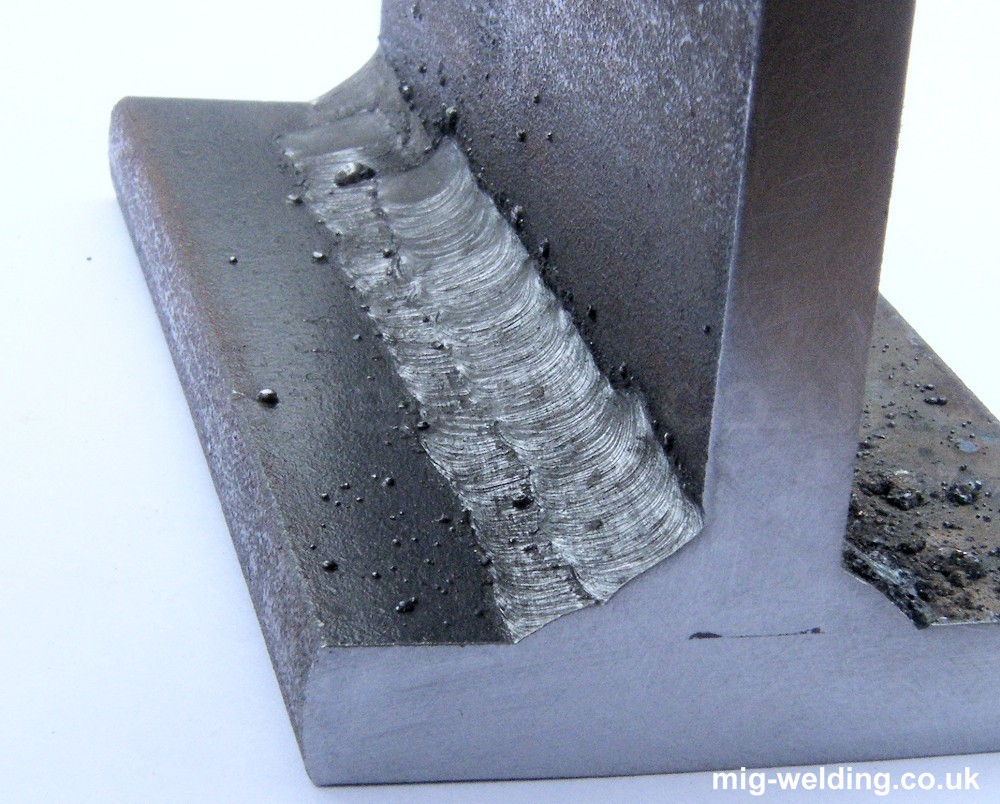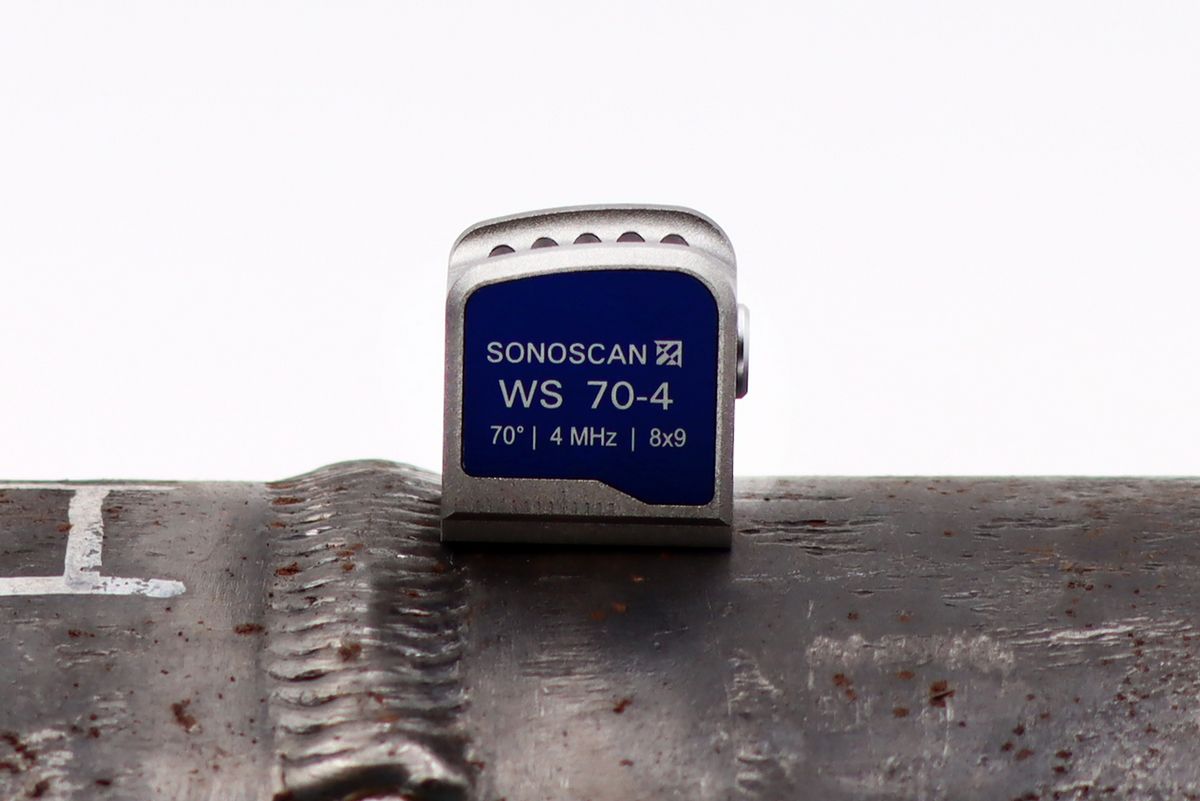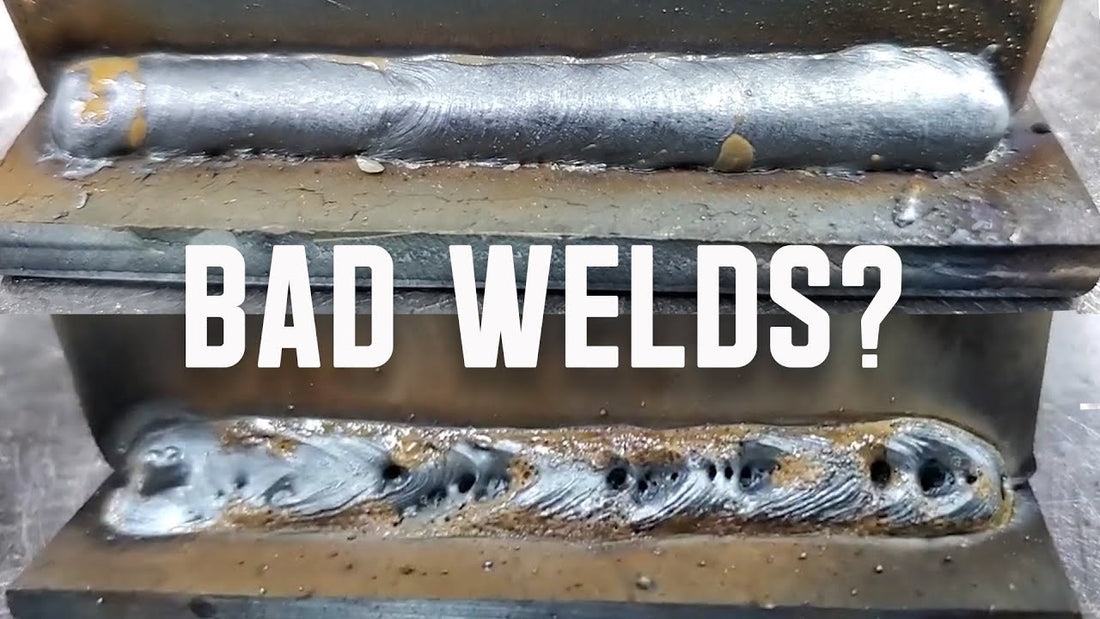Vital Tips for Welders: Avoiding Undercut Welding and Ensuring Stronger Weld Joints
In the world of welding, attaining sturdy and solid weld joints is the foundation of creating top quality work. Nevertheless, one common obstacle that welders often experience is undercut welding, which can endanger the honesty of the weld joint. By comprehending the variables that add to damaging and implementing the right techniques and preventative measures, welders can properly stop this problem and make sure the long life and stamina of their welds. Allow's check out some essential suggestions that can help welders navigate this difficulty and boost the high quality of their welding tasks.

Understanding Undercut Welding
Undercut welding is a typical welding problem that happens when the weld steel stops working to appropriately fill the groove and leads to a groove-like anxiety along the weld grain. This problem compromises the weld joint, making it prone to breaking and failing under anxiety. Damaging can be triggered by various variables, consisting of excessive welding existing, high welding rate, inappropriate electrode angle, incorrect electrode size, and inadequate welding strategy.
Among the main reasons for undercut welding is an inequality in between the welding present and the welding rate. If the welding current is also high or the welding rate is also quick, the weld steel might not sufficiently fill up the groove, leading to undercutting. Additionally, utilizing an electrode that is too huge can cause a comparable result, as the excess metal can not correctly flow right into the groove.
To avoid undercut welding, welders must guarantee they are utilizing the right welding parameters, preserve an appropriate electrode angle, pick the ideal electrode dimension, and technique correct welding techniques. By resolving these factors, welders can reduce the threat of damaging and develop more powerful, much more reputable weld joints.
Proper Welding Technique
Efficient welding method plays a critical duty in guaranteeing the high quality and honesty of weld joints. Proper welding method entails a mix of accuracy, skill, and adherence to ideal techniques. One basic aspect of proper welding method is maintaining the proper angle and distance in between the welding gun and the workpiece. Welders must additionally pay attention to the traveling rate and warmth input to avoid concerns like undercutting, porosity, or incomplete blend.
In addition, a steady and constant hand activity is vital for developing solid and long lasting weld joints. Welders must go for smooth, uniform movements to make certain even circulation of the weld material. Appropriate control of the welding weapon and filler material is likewise vital to achieving optimal infiltration and blend.
In addition, managing the heat input and picking the proper welding criteria based on the material being bonded are essential consider achieving top quality welds - Preventing weld undercut. Welders ought to adhere to the suggested settings supplied by welding treatment requirements and readjust them as required based on the particular requirements of the task. By understanding appropriate welding techniques, welders can considerably boost the strength and reliability of their weld joints
Picking the Right Electrode
Keeping the appropriate angle and distance in between the welding gun and the workpiece is fundamental when considering the significance of selecting the appropriate electrode in welding applications. The option of electrode plays an essential function in establishing the high quality and strength of the weld joint. Electrodes are available in various kinds, each designed for certain purposes and products.
To start with, selecting the ideal electrode size is vital. Thinner electrodes appropriate for welding thin products, while thicker electrodes are better for thicker products and higher warmth applications. Matching the electrode size to the density of the workpiece assists attain a well balanced weld.
Second of all, recognizing the product composition of the electrode is important. Various electrodes are created for welding details products like steel, stainless steel, light weight aluminum, or cast iron. Making use of the appropriate electrode material makes sure excellent blend and reduces the danger of problems in the weld.
Finally, thinking about the welding position and method is essential when picking the electrode type. For example, certain electrodes are better suited for vertical or above welding settings, while others work well for flat or straight settings. Choosing the right electrode based upon the welding method improves the overall weld quality and stability.
Preparing the Base Steel
To make sure a successful welding procedure, what first steps should be taken when preparing the base steel for welding? Properly preparing the base steel is vital for accomplishing strong and resilient weld joints. The initial action in preparing the base metal is to clean it thoroughly to remove any pollutants such as rust, oil, paint, or dust. This can be done using a cord brush, chemical, or grinder solvents. Furthermore, any existing weld product or deposit from previous welding must be removed site to ensure a clean surface for the new weld.

Performing Post-Weld Examinations

After performing these analyses, welders have to compare the outcomes versus industry requirements and project requirements to ensure that the weld joint meets all essential requirements. Any discrepancies or insufficiencies found during the post-weld inspection must be without delay resolved through proper rehabilitative actions to assure the weld's honesty. By faithfully carrying out post-weld evaluations and immediately resolving any kind of issues, welders can maintain the top quality and dependability of their work, eventually adding to the security and longevity of the bonded frameworks.
Verdict

Finally, avoiding undercut welding and guaranteeing stronger weld joints call for a click for info combination of proper welding technique, selecting the right electrode, preparing the base metal correctly, and performing post-weld assessments. By comprehending the sources of undercut welding and applying the needed precautions, welders can produce top quality weld joints that fulfill market standards and ensure the structural stability of the bonded components.
Undercut welding is an usual welding issue that takes place when the weld steel falls short to properly load the groove and results in a groove-like anxiety along the weld bead (Preventing weld undercut). Damaging can be created by various aspects, consisting of extreme welding present, high welding rate, incorrect electrode angle, wrong electrode size, and inadequate welding method
One of the main factors for undercut welding is an imbalance in between the welding existing and the welding speed. If the welding current is too high or the welding speed is too fast, the weld metal may not properly load the groove, leading to undercutting.Maintaining the proper angle and range between the welding weapon and the workpiece is essential when thinking about the relevance of picking the best electrode in welding applications.